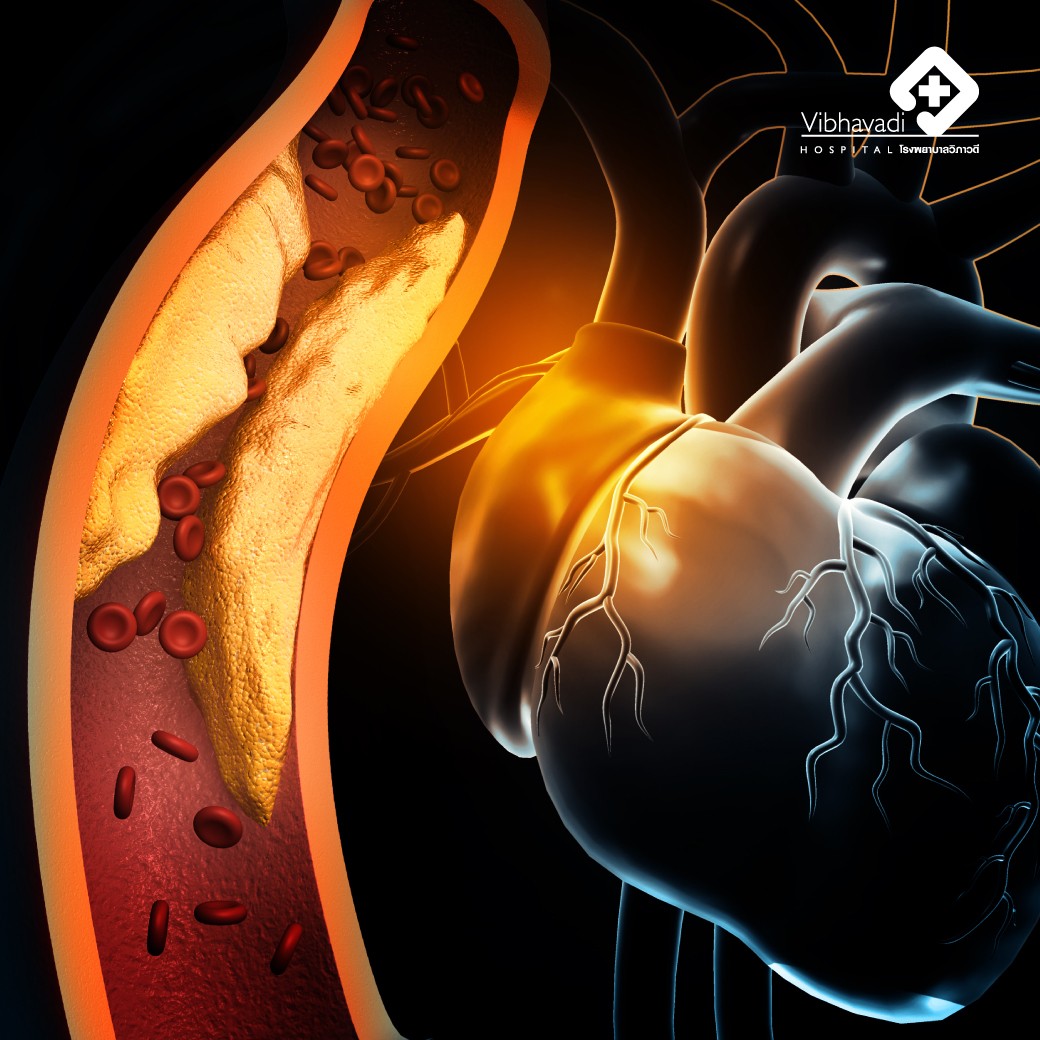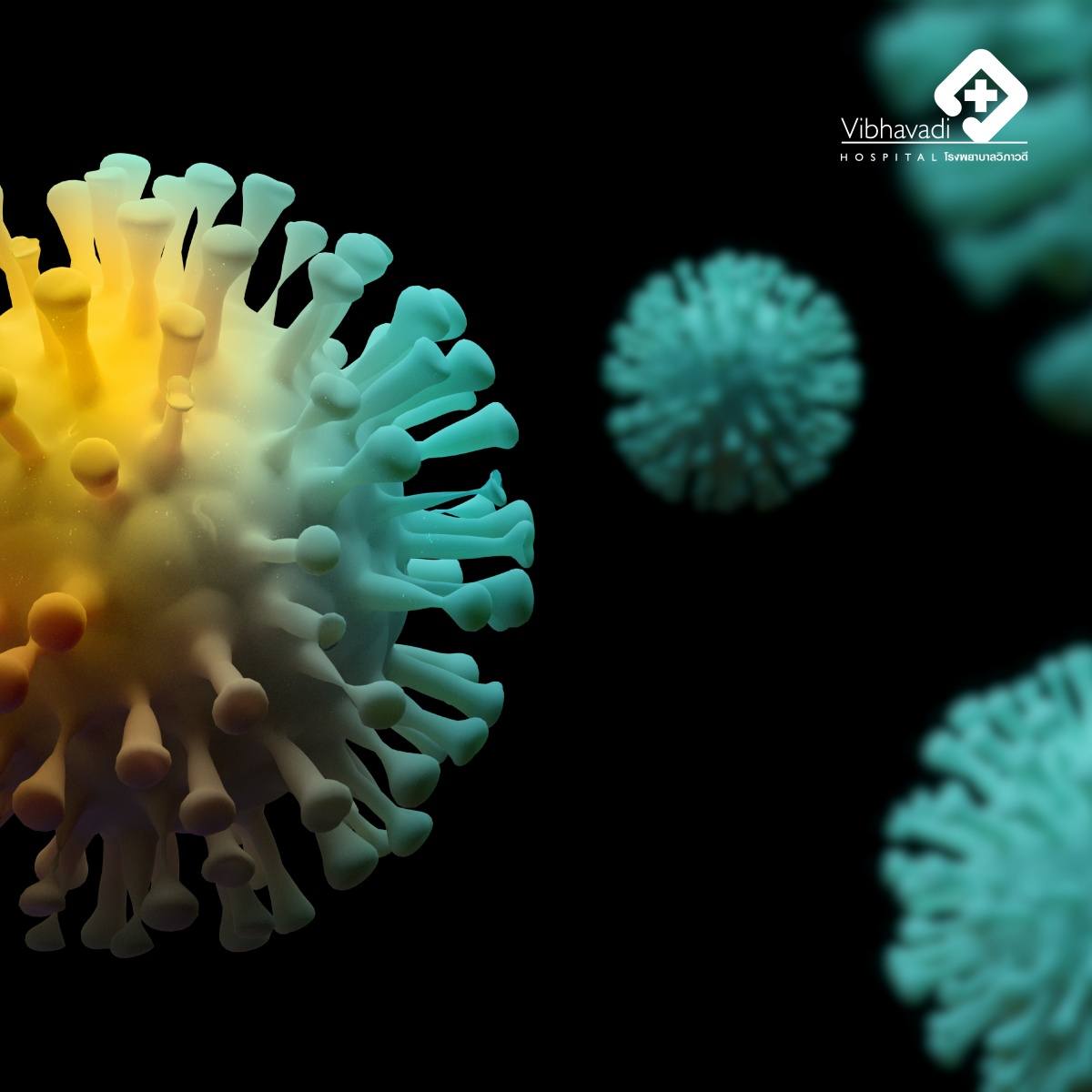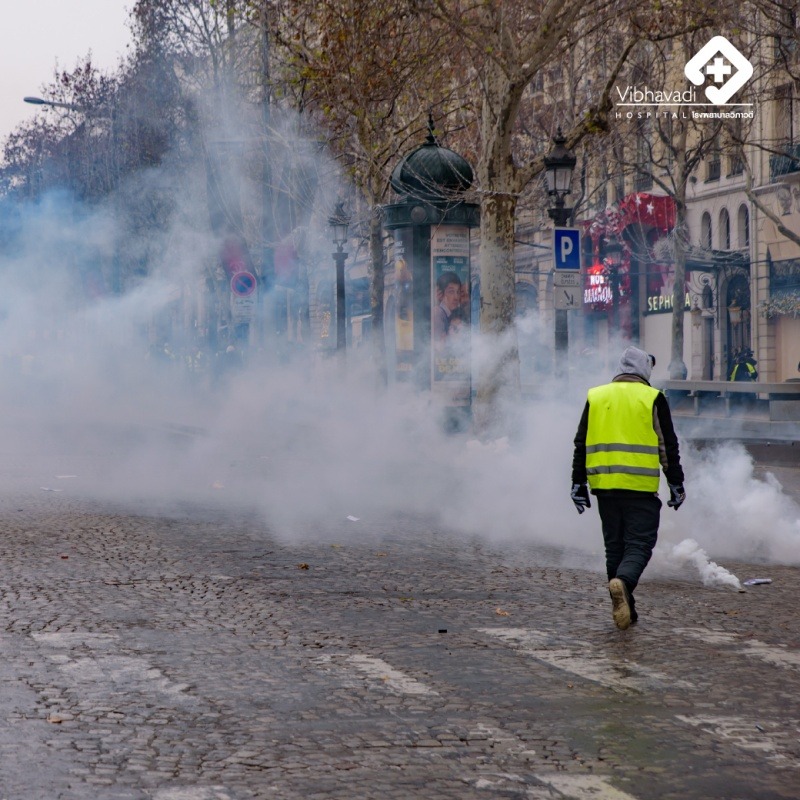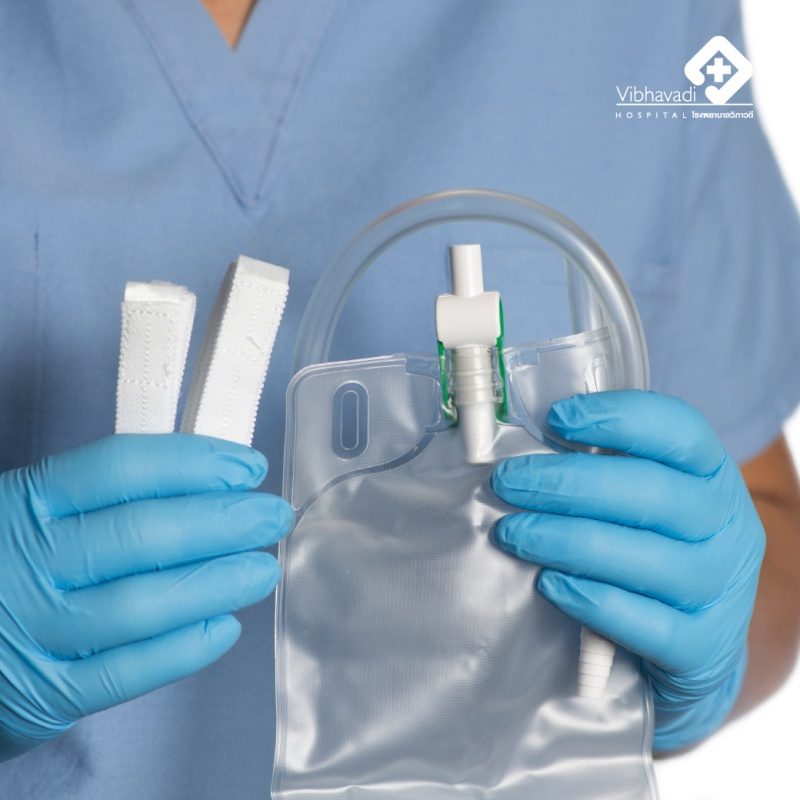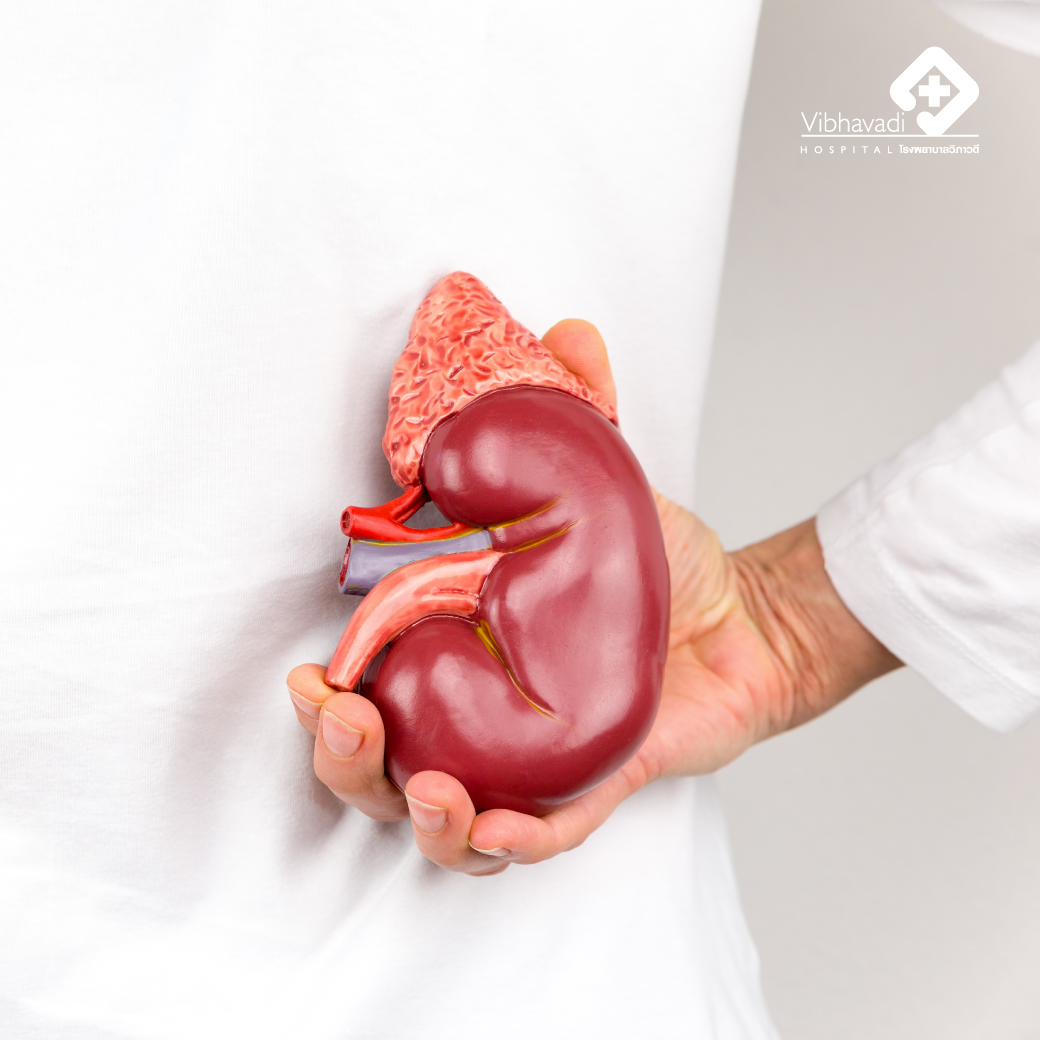Breast Cancer
Breast Cancer (Breast Cancer)-a serious threat for Thai women
Breast cancer is a global public health problem that causes loss of life and huge cost of medical care. It is the second most common cancer in Thai women after cervical cancer.
Breast cancer is caused by cells that have changed in a bad way. It has spread to other organs like other cancers. It is heredity and genes, in which people with breast cancer genes may have a higher chance of getting breast cancer than others.
Characteristics of heredity, family history, or relatives can tell a chance of getting breast cancer. At present, we are able to detect genes but most of people has not done it yet.
Cause of disease
Most of the causes are caused by the female hormone, namely estrogen, which is too high, such as in early menstruation or late menopause.
People receiving estrogen have high risk of breast cancer. Taking some extra hormones, such as taking birth control pills for 10 or 20 years, having a history of IVF, or using a lot of hormones even during menopause will take more risks.
Another thing is young woman who never pregnant. The body receives estrogen during the menstrual cycle, and it is always from the age of ten to fifty, never stopping. Then, hormones will come out of our own ovaries as usual.
The pregnancy will cause a break in hormones releasing, so people, who have been pregnant or used to breastfeed, will have lower risk of breast cancer, especially having children at a very young age, such as before 35 years old. However, if they have children a very old age, it is no different.
Other cause is radiation exposure. Cell will change. This can not protect that much. For example, people who have ever done the radioactive treatment on the breast or other places but hit the breast as well, such as lung radiation, this may be a bit riskier.
In addition, there may be caused by eating unhygienic food as well.
Symptoms
Breast cancer patients will have signs and symptoms depending on the stage of the disease. That is, if it is a very early stage, there will be no symptoms at all, but it can be detected by doing a mammogram. It later will form a hard lump on the breast without pain. In some cases, a dimple of the skin may be seen. There is a change in the nipples from normal to inverted nipples.
When the cancer grows over time, it spreads through the skin, cracks in wound, sores, or causes skin inflammation. It may be seen as an orange peel and there may be a lump at the armpit growing on the same side as the cancer lump.
In some cases, there may be nipple bleeding. Most causes of nipple bleeding are benign mammary duct tumors. There will be another minority that have chronic inflammatory abrasions on the nipples. Almost all breast pain is not from breast cancer.
Checklist of breast cancer symptoms
- Lumps in the breast (only 15-20% of palpable lumps are cancerous.)
- Changes in size and shape of the breast
- Skin changes, such as dimples, wrinkles, shrinkage, unusual thickness, and scars
- Abnormally red, itchy, or shrinking of nipple.
- Blood or discharge from the nipple (20% of all bleeding is malignant.)
- Breast pain (Most breast cancers are painless, besides the lump is big.)
- Swelling of the armpit due to enlarged lymph nodes
- Most commonly come to the hospital with a lump in the breast. Lumps in the breast that indicate in a bad way, it looks like this.
Grow up fast
Hard, unclear edges
Firmly attached to surrounding tissues
Dimple or orange peel skin near the breast
Inverted nipples
Bleeding nipple
Enlarged lymph nodes in the armpit
Risk group
- Having a family history of breast cancer
- Having menstrual periods before the age of 12 or menopause after 50 years
- No history of pregnancy
- Having a history of using sex hormone replacement therapy for more than 5 years
- Fat people
- Having the chest radiation
- Drinking alcoholic beverages
Breast cancer screening
Do you know that "breast cancer" is the second most common cause of death among Thai women after cervical cancer? This terrible disease can happen to you without your concern. Thus, regular mammograms can save your life.

Breast cancer screening will focus on two inspections: manual inspection and machine inspection.
Breast examining by palpation of the chest
People may misunderstand that examine with only machine is enough, but a palpation by a surgeon or a medical professional will have more benefits. Using only machine may not suit to everyone. Using the hands to palpate of the edges can detect the cancer as well. The characteristics of cancer are hard, stuck, dented and hand examination will help to distinguish these.
The machine is another evidence that can confirm the diagnosis. For the machine, there are a digital mammogram and ultrasound. The mammogram can observe tartar. For the ultrasound, it can measure size and observe a cyst or a lump. If they are used together, they will provide the most benefit.
Breast self-examination
- Stand in front of a mirror
Place your arms at your sides. Then, compare both breasts. There is distortion of the nipples or is there something wrong?
Clasp both hands above your head. Then, go back in the akimbo position while exploring for abnormalities.
Bend forward with both hands on your knees or chair. In this position, the breast will be straight down, and if there is any abnormality, it will be more noticeable.
- Lie down
Lie down in a comfortable position and tuck a pillow or roll up under your left shoulder.
Lift your left arm above your head so that side of your breast is flat. This will make it easier to feel the lump, especially the outer part that has the most incidence of cancer.
Use your index, middle, and ring fingers to feel over your breast and underarms. Do not squeeze the breast because it will make you feel like you found a lump which is actually not.
Palpation method
- Use your left hand to palpate your right breast and right hand palpates left breast.
- Use the index finger, middle finger, ring finger, a total of 3 fingers for palpation, and press lightly and firmly enough to feel whether there is a lump or not.
- Palpate in the spiral pattern by starting from the upper part of the breast until reaching the base of the breast around the armpit. However, it can be starting at the nipple area, then circle around to the whole breast.
- Palpate in an upward direction by starting from under the breast to the armpit. Then, move three fingers up and down alternately until the entire breast.
- Wedge-shaped palpate by starting from the top of the breast to the base and back to the top, and so on, across the entire breast. Do the same for your right breast.
This should be done at any age to discover abnormalities.
- People at 20 years and over should begin breast self-examination. Mammograms are not required at this age.
- People at 35 years should have a mammogram as a baseline and should be checked every 2 years.
- People at 40 years should have a mammogram every year.
- People at 50 years and over should have a mammogram every 1-2 years.
- For people with a family history of breast cancer, you should consult with your doctor because you may need to have a mammogram earlier than usual.
Prevention
Prevention of cause of breast cancer is still unknown. The best protection is trying to find out as soon as possible. Thus, it should
- Regularly examine your breasts by yourself with breast palpation every month.
- Regular breast self-examination once a month (Breast Self-Examination)
- X-ray examination of the breast (Mammography)
- See a doctor (Physical Examination)
Treatment
The treatment process is similarly to other cancer treatments. Firstly, we need to get that cell out. Removing does not mean removing the entire breast. It means removing the cancer. Currently, there are many methods, but the standard method is still the same, that is, we have to know the biopsy results first by either using a needle to aspirate or cutting a small piece to examine. If it really is cancer, it depends on a location, age, and size. However, if it's still not a lot and far away to the breasts, we won't have to remove the breast. It can be able to cut out only the cancer together with a lymph node checking and radiation the rest of the breast.

But the standard method is breast removal. It is still the standard method, but some people don't want to lose their breasts. Nowadays, we have breast augmentation surgery, which can use their own tissue or a silicone bag to help. This must design case by case. However, the cancer cells must be removed first. For the rest, it depends on that should use chemotherapy or not. There's the matter of using hormones, which depends on cancer. Nevertheless, the principle is anything that works and is useful must be done, no matter how much or how little of cancer.
For people who have detected breast cancer on only 1 side and have been treated. Mammograms must be applied as well because there is a chance that it can be repeated. If it's a small piece, the cells would have died since the chemotherapy. We have to check the other side too because there is a chance of 20-30%. You must check by the mammogram every year as usual. On the same side, we take care and x-ray or ultrasound like a normal cancer screening.
After surgery and chemotherapy, most of all periods will be completed within 6 months. If it is not really good after surgery, they need chemotherapy. Some people receive it every 3 weeks for 6 times. After that, biopsies will show if there is a hormone receptor. If there is, it's about hormones pills for another 5 years. Some people have genes, which is the gene turn tool, a gene is located on the tumor. This may need injection once a month for a year, depending on the type of tumor. All of these are the latter, main one is to focus on the annual examination. Finding in the early stages will be the most important because the treatment may change every year. There will be new drugs coming in all the time. There is new chemotherapy. There are new hormones, including the treatment schedule is constantly changing.
Breast cancer is outside, it can be cut off. This makes it easier for us to detect, compared to liver cancer and lung cancer, which are inside and rarely have symptoms. Sometimes it spreads to the late stage. For breast cancers, if a woman pays close attention, palpates once a month, and sees something strange, you should hurry to the hospital. It can be predicted many diseases in the early stages. It's not like cervical cancer. Moreover, breast cancer will spread to the axillary lymph nodes. It's usually the path of the cancer itself. When people have breast cancer, breast will be removed first and then lymph nodes will be checked about the metastasis. Unlike liver cancer or lung cancer, they have a lot of blood vessels. It is easy to spread into nearby organs. For example, lung cancer is near the lymph nodes, the aorta terminal, the heart, when it spreads, it will spread very quickly. However, if breast cancer can be earlier detected, it can be cured 100%.
You should regularly examine your breasts by yourself by palpation the breast every month while taking a shower or lying by using the opposite hand. If you feel something strange, you should consult a doctor. You can do the palpation at the age of 20, most of which are cysts or simple tumor. These will not have strength and it can roll, which is the normal or good benign. But if it's cancer, it will only grow, not roll and collapse, and it is hard with unclear edges. These will be the initial stages. If it's the late stage, it will have dimple, stiffness, and will not move along the breast.
In conclusion, if abnormalities are found, you should see a doctor to diagnose early for a physical examination, including mammogram or x-ray, to check your breasts once a year and keep doing every year.
With best wishes - Plastic Surgery Clinic Vibhavadi Hospital
Physician

Dr. Thanet Puapornpong, M.D.
Department of surgery




